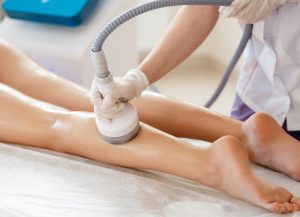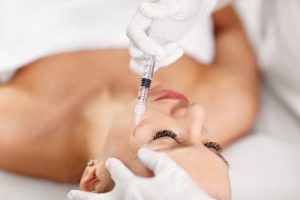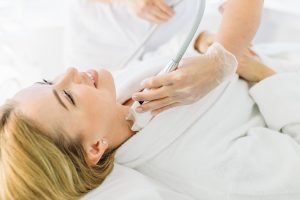 What is Body Contouring?
Body contouring, a general term for several elective cosmetic procedures, improves the contour of the body by heating, freezing, or applying energy to targeted areas. Using non-invasive devices, we can remove fat, tone muscle, and tighten the skin to enhance the overall body contour appearance.
Where on the Body is Body Contouring Used?
Patients opt for non surgical body contouring when they want to reshape an area of the body,...
What is Body Contouring?
Body contouring, a general term for several elective cosmetic procedures, improves the contour of the body by heating, freezing, or applying energy to targeted areas. Using non-invasive devices, we can remove fat, tone muscle, and tighten the skin to enhance the overall body contour appearance.
Where on the Body is Body Contouring Used?
Patients opt for non surgical body contouring when they want to reshape an area of the body,... Read more about Body Contouring









